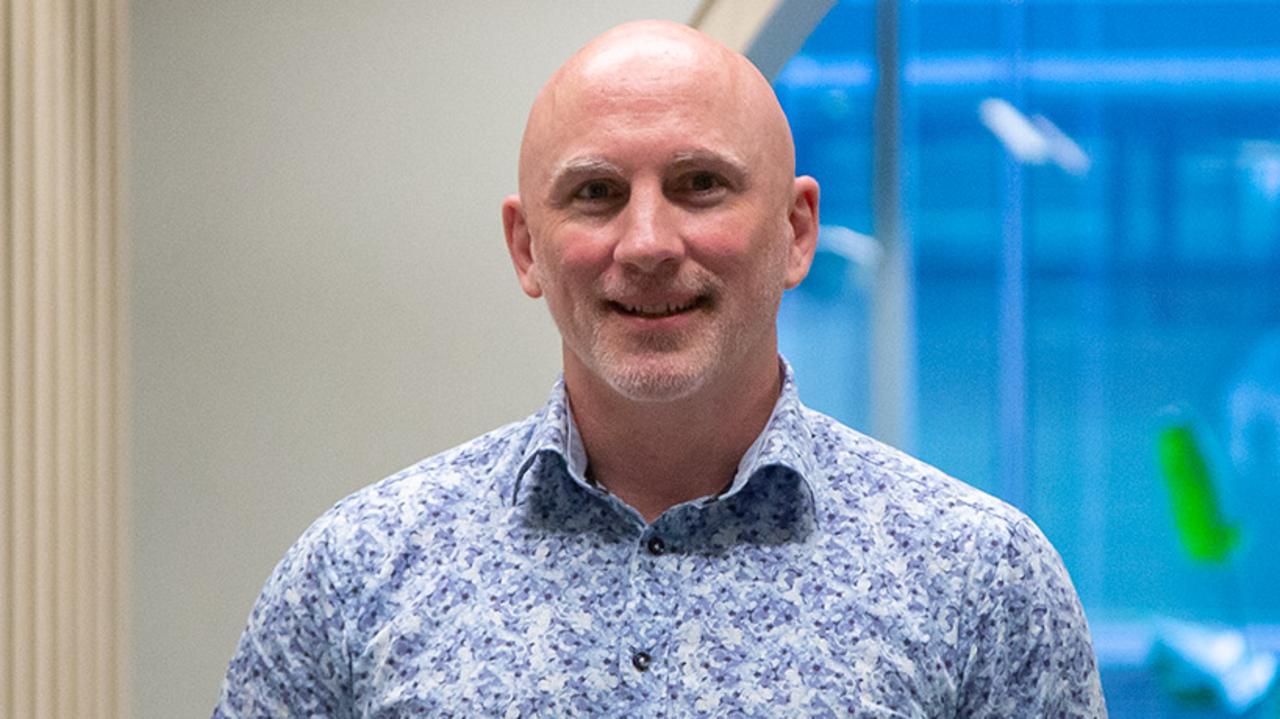Kids News Short Story Competition: How social media can help kids’ creative writing
If you kids create and post social media content, chances are they’re sitting on a treasure trove of top ideas for Kids News Short Story Competition.
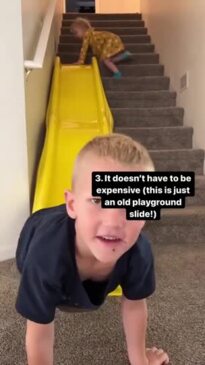
SmartDaily
Don't miss out on the headlines from SmartDaily. Followed categories will be added to My News.
Panicking about social media and screens could be preventing parents from seeing the value of various platforms.
While safeguarding a child’s online presence is paramount, education experts point to social media’s creative merits compared to measures like NAPLAN.
Children’s digital literacy even means many have amassed a treasure trove that’s ripe for repurposing into those more traditional forms like short stories, plays, poetry and screenplays.
Deakin University senior lecturer in curriculum Dr Lucinda McKnight calls NAPLAN tasks “dead writing” and says children are “researching … all the time” on social media, calling their content a “massive goldmine” of ideas.
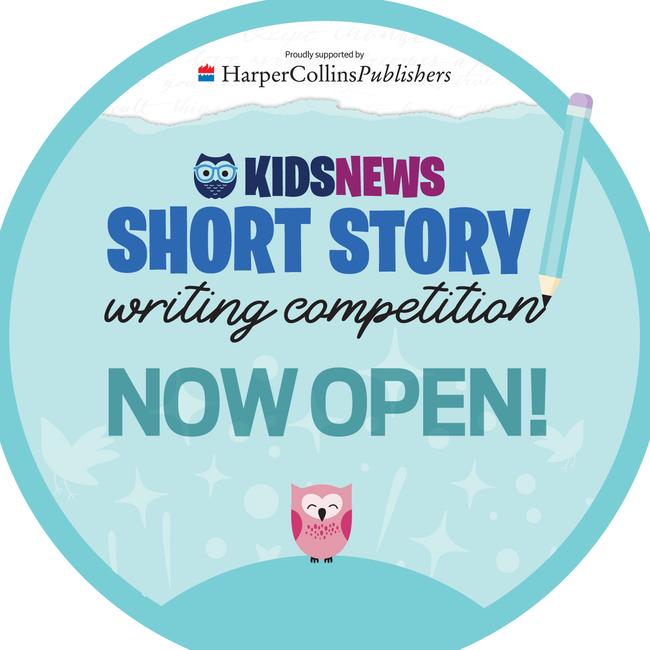
Rather than leading with fears and risks when discussing social media at home, she suggests parents try being curious and positive about why their child loves it.
Parental anxiety about social media comes from the genuine safety issues kids experience while using these platforms and the very real challenge of protecting them from harm.
E-safety educator and presenter Marty McGauran said platforms including Instagram, TikTok and SnapChat do have “very clear minimum age requirements of 13” and they should offer a junior user experience for the safety of that age group as well.
Parental controls and supervision are essential for younger users and help manage risk. Safely trying social media together could be a great chance for parent and child to share, learn and create something fun.
And with the annual Kids News Short Story Competition currently open for entries, Dr McKnight said budding authors should consider everything they produce on social media as “a form of writing that they can use for inspiration for other types of writing”.
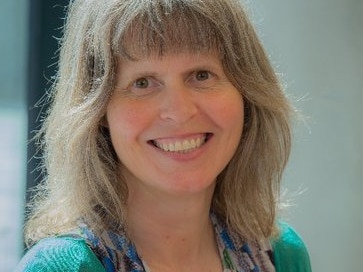
“They’re thinking about what they love … and curating quirky things they’re curious about,” she said.
“Whether it be beautiful sunsets or funny things in their lives, they’re taking photos … making montages, putting together dream jobs or tallest buildings in the world or what it would be like to wake up as a new Marvel superhero.
“Everything that they’re participating in they can switch around creatively: what are the silly videos that cats would make of humans?”
New genres appear all the time, such as “the explainer”, while filters can help refine heroes and villains and characters can be created and defined simply by the emojis they choose.
“It might be a parent or an older person choosing all the inappropriate emojis, getting them all wrong and making it a humorous piece of writing like that,” Dr McKnight said.

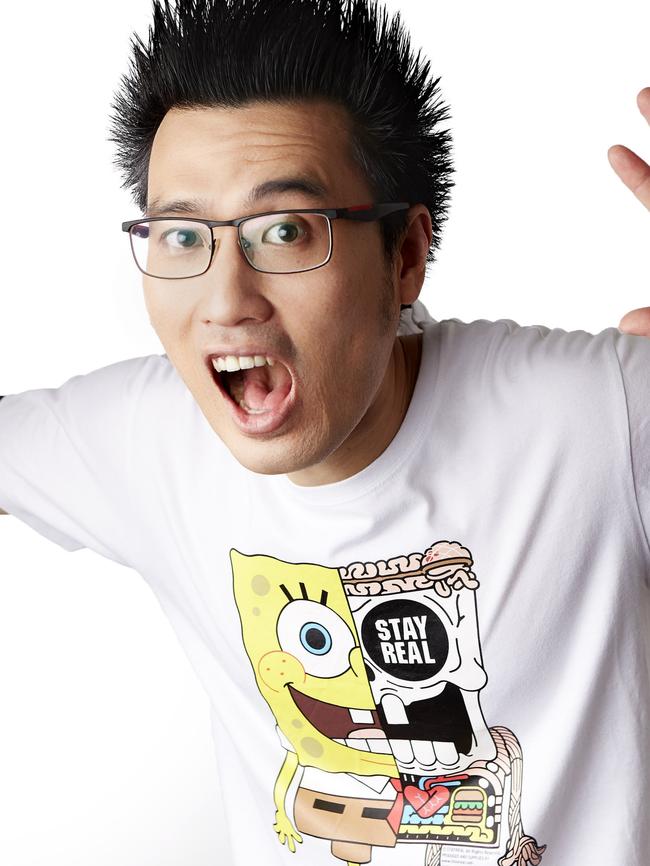
Best-selling children’s author and comedian Oliver Phommavanh’s novel Don’t Follow Vee has the young protagonist tracked by 100,000 followers via her mum’s Instagram account.
The fun really starts when Vee tries sabotaging her profile but becomes a new internet sensation instead.
“It’s our job to get our characters into uncomfortable, embarrassing, squirmy, cringe-y situations,” Phommavanh said.
He added that social media offers endless scope to ask, “How can you get the character in trouble, how can we get them into more trouble – what could go wrong?”
Like Dr McKnight, he is intrigued by the rise “the expert”, particularly in niche subcultures.
“Hang out with these people who love sneakers and hear their stories,” Phommavanh said.
“Maybe it’s their first pair … maybe they have a favourite basketballer or favourite rapper and they want to wear their shoes – there’s always some kind of connection to things.”
Avid short story writer Scarlett Bullock, 11, loves TikTok’s draft function, which allows her to archive content she doesn’t post but “might be able to develop”. Mum Camilla administers the account and controls the settings.
“They’re like memories to me,” the year 6 student said.
“I can see videos from when I was in year 3 and I find that hilarious.”
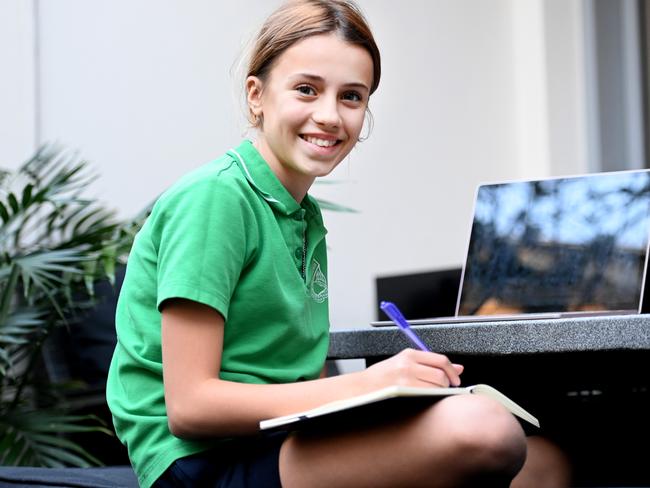
TikTok currently boasts around a billion users and Scarlett cites the platform as a primary source of inspiration right alongside books.
“So many other people have so many ideas,” she said.
“There’s bound to be something that catches your eye and inspires you to draw, read or write something.”
A fan of thrillers and mysteries, these are also the kind of stories Scarlett likes to write – which she still does the old fashioned way.
“If I decide that I want to write a story, I grab my little journal and my notepad and I write down some ideas in my notepad and go on with writing the story,” she said.
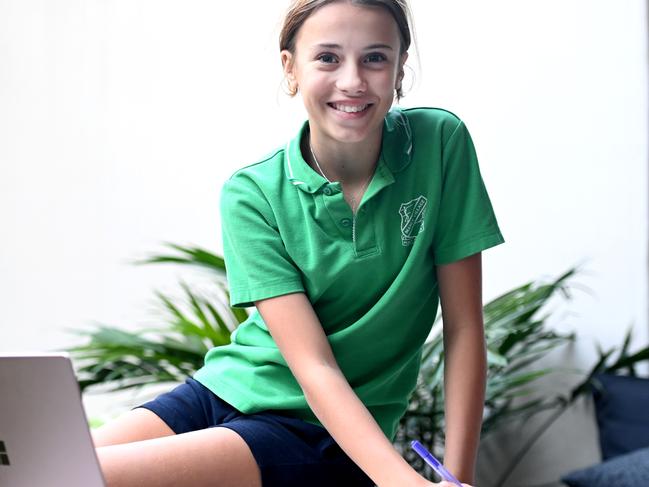
Entries for the Kids News Short Story Competition are open until 24 June. Find the 2022 Short Story Competition entry form HERE
MINE CRAFT
Parents can help children make the most of social content by showing them its value across other mediums. Try starting the conversation with Dr McKnight’s top tips.
• Writing is social, so think about the audience you’re writing for and what effect you want to achieve
• Start with what you love
• Consider what makes people curious
• Be brave and experiment with ideas
• Ensure you have a simple, foolproof system for finding all your great ideas again
• Use layering across platforms to tell different aspects of the story to different audiences
• Try using a series structure to tell a story, as in a YouTube video series
• Share your creations safely and get audience feedback
• Have fun
• The internet’s insatiable hunger for compelling content will create new career pathways, so dip a toe in user experience writing, virtual reality scriptwriting, rolling news blogs, podcasts … the list goes on
More Coverage
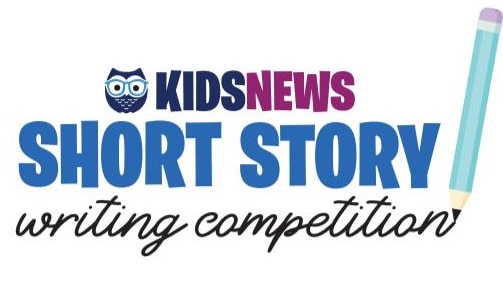
Originally published as Kids News Short Story Competition: How social media can help kids’ creative writing




